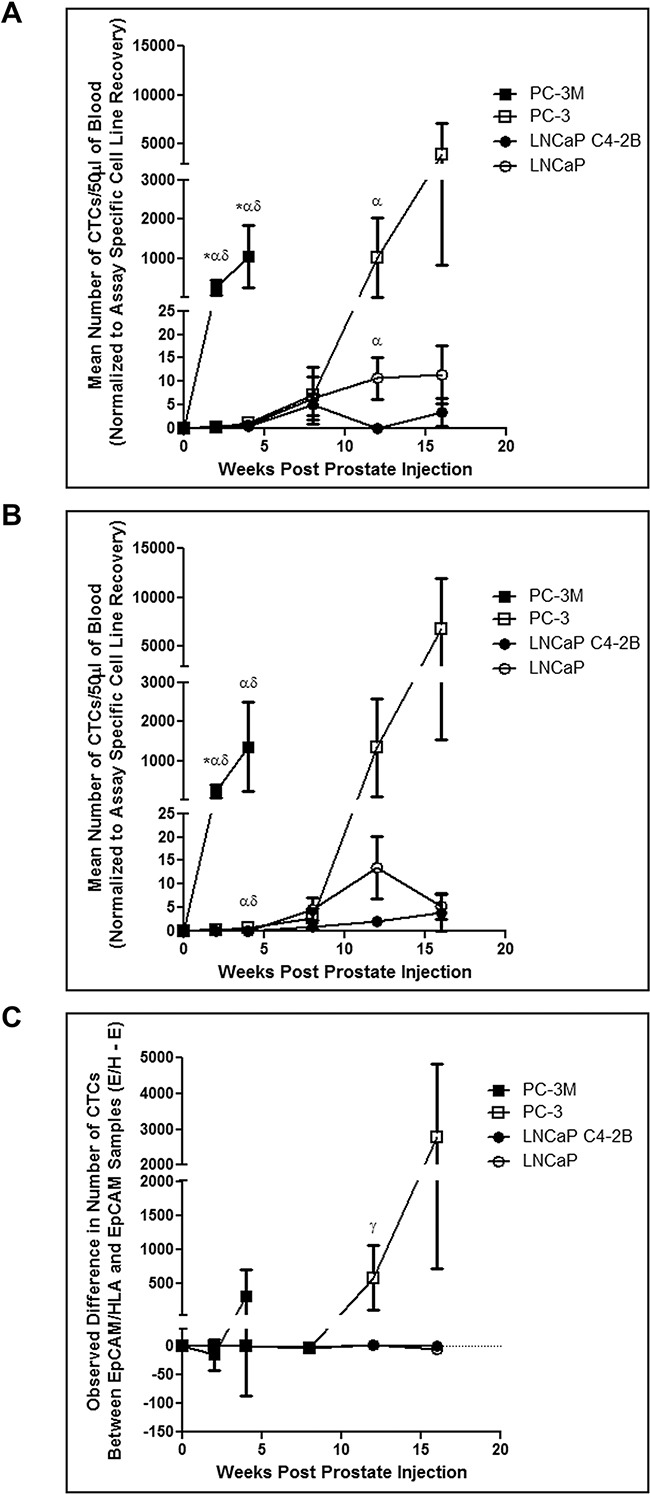Figure 2. Human prostate cancer cell lines with an increasingly mesenchymal phenotype shed greater numbers of CTCs more quickly and have an enhanced in vivo capacity for shedding CTCs that are undetectable by the CellSearch® system.

PC-3M, PC-3, LNCaP C4-2B, and LNCaP human prostate cancer cells were orthotopically injected into 6-8 week old male nude mice via the right dorsolateral lobe of the prostate (1×106 cells/mouse) to assess spontaneous metastasis. At several timepoints post injection (2, 4, 8, 12, and 16 weeks) mice were sacrificed and blood (100μl) was collected and processed using both the A. EMT-dependent and B. EMT semi-independent assays (50μl/assay) to assess differences in CTC recovery. Data are presented as the mean ± SEM (n=5-12 mice/group). C. Comparison of the observed difference in the number of CTCs detected using the EMT-dependent and EMT semi-independent assays in matched samples. Data are presented as the mean (± SEM) difference in the number of observed CTCs between both assays (# captured by EpCAM/HLA assay - # captured by EpCAM assay) at a given timepoint (n=5-12 mice/group). Positive values represent groups in which more CTCs were detected with the EMT semi-independent assay, whereas negative values represent groups in which more CTCs were detected with the EMT-dependent assay. Differences in the mean number of CTCs between cell lines at a given timepoint using and differences between each assay within individual mice was assessed using Wilcoxon Scores followed by a Kruskal-Wallis test at each timepoint. Comparison of differences between each assay in matched data sets within cell lines at a given timepoint was performed using a Wilcoxon matched-pairs signed rank test. * = significant difference relative to PC-3; α = significant difference relative to LNCaP C4-2B; δ = significant difference relative to LNCaP; γ = overall significant difference (unable to perform pairwise comparison) (p≤0.05).
